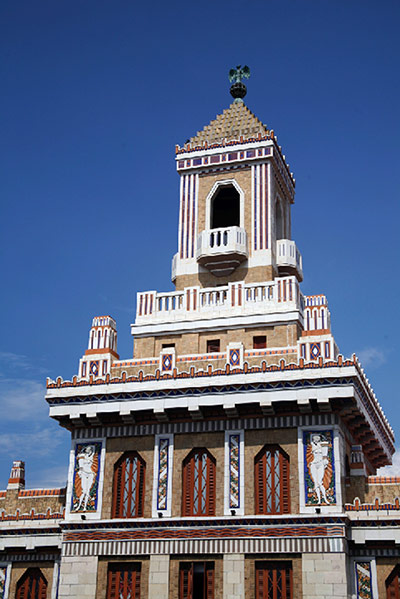
• The World Congress on Art Deco runs from 14-21 March 2013
Photograph: Claire Boobbyer Photograph: Picture
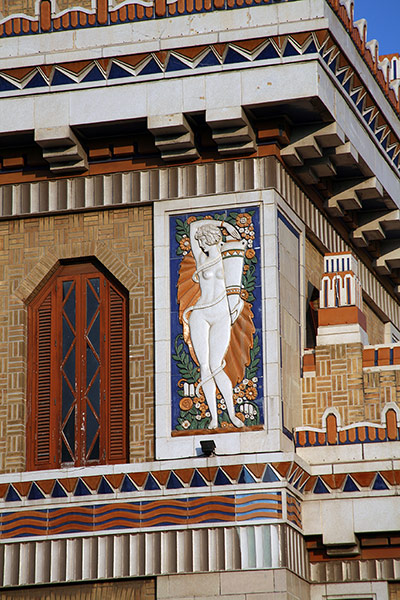
• Edificio Bacardí, San Juan de Dios, corner of Monserrate, Old Havana Photograph: Claire Boobbyer
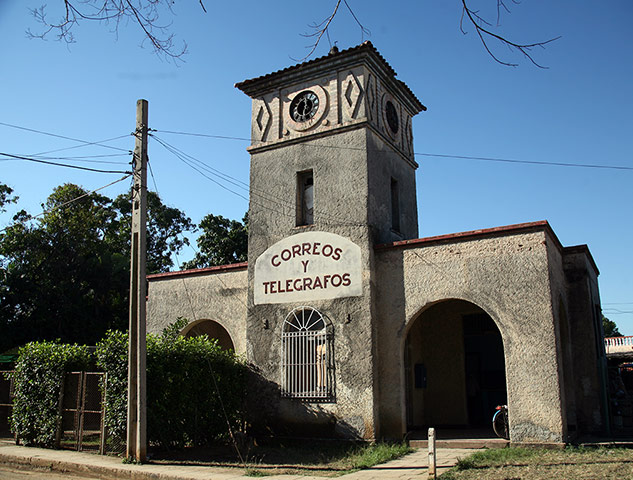
• Reparto Lutgardita, Rancho Boyeros Photograph: Claire Boobbyer
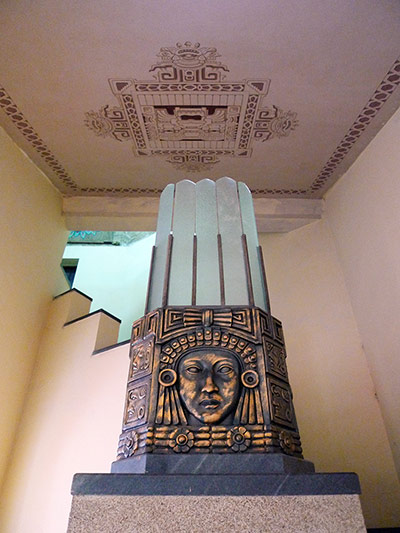
• Reparto Lutgardita, Rancho Boyeros Photograph: Claire Boobbyer
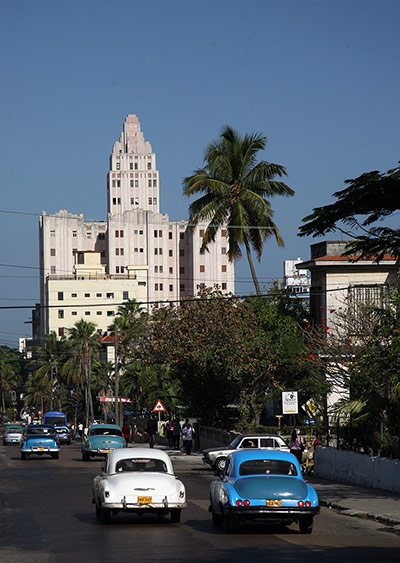
• Calle 13 corner of L, Vedado Photograph: Claire Boobbyer
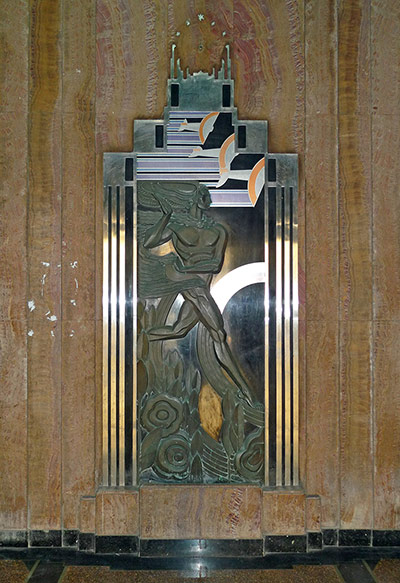
• Calle 13 corner of L, Vedado Photograph: Claire Boobbyer

• Calle 8 no. 510, between 5ta and 7ta, Miramar Photograph: Claire Boobbyer
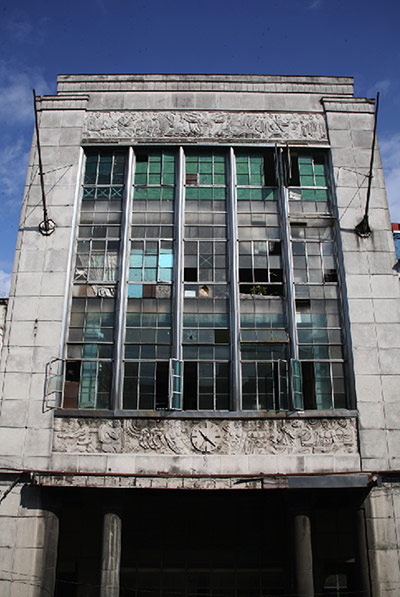
• Avenida Reina 158, between Calles Rayo and San Nicolás, Centro Habana Photograph: Claire Boobbyer
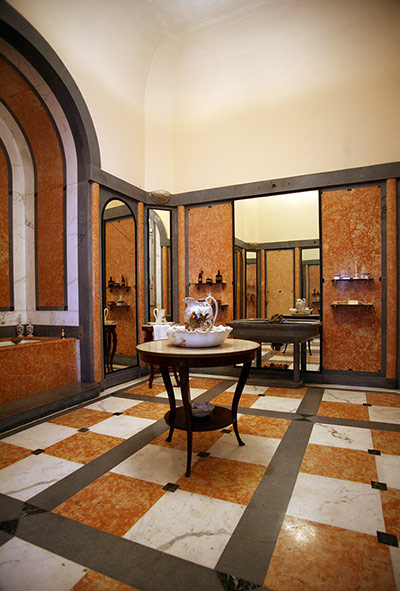
• Calle 17 no. 502 between D and E, Vedado Photograph: Claire Boobbyer
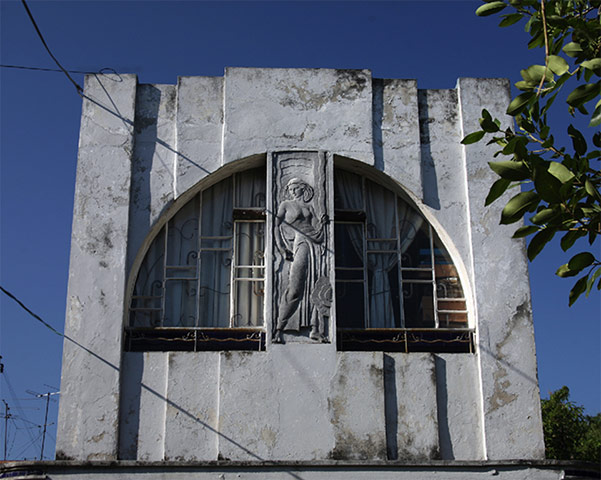
• Calle 22 and Calle 23, Vedado Photograph: Claire Boobbyer

• Calle K no 502, corner of Calle 25, Vedado Photograph: Claire Boobbyer
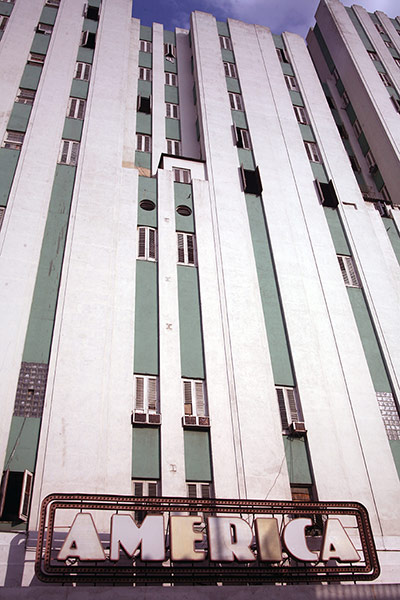
Will Young’s Evergreen was filmed here (spot the gorgeous, bulbous balcony seating). • Calle Galiano, corner of Neptuno, Centro Habana Photograph: Claire Boobbyer
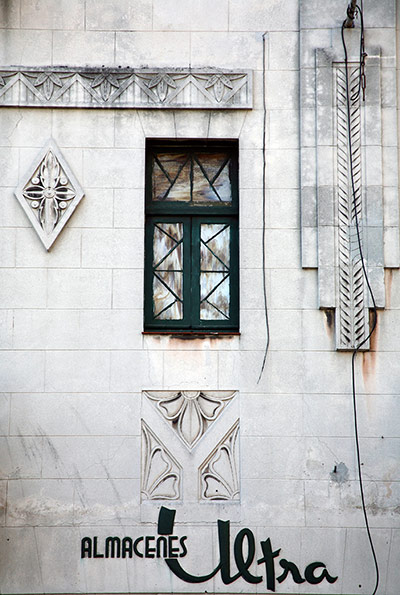
• Avenida Reina 109, between Calles Rayo and Angeles, Centro Habana Photograph: Claire Boobbyer

• Cementerio Colón, Calle Zapata and 12, Vedado Photograph: Claire Boobbyer
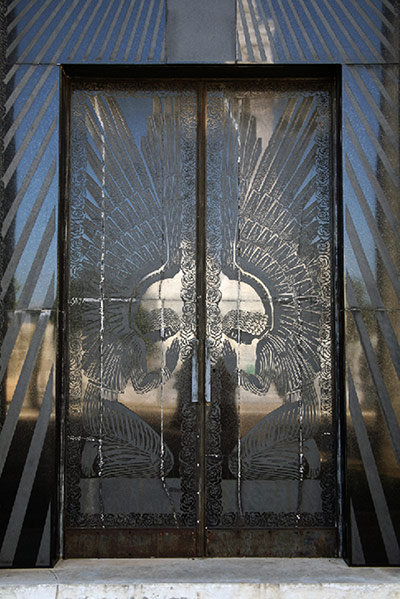
• Calle Zapata and 12, Vedado Photograph: CLaire Boobbyer

• Calle Zapata and 12, Vedado Photograph: Claire Boobbyer

